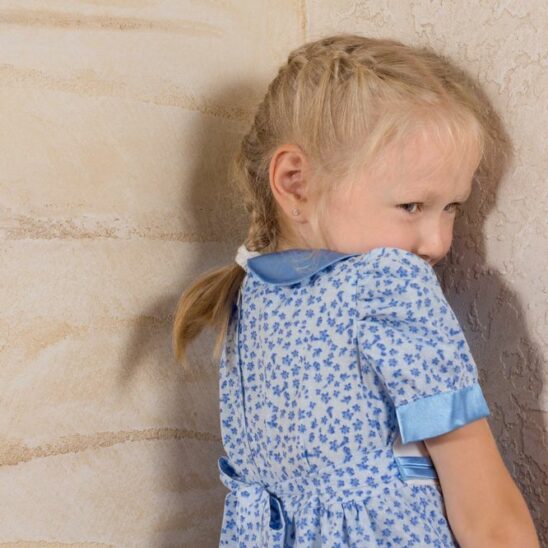In 2016, Child Protective Services uncovered substantial evidence indicating that 57,329 children in America were victims of sexual assault and/or abuse.
Child Sexual Assault Is Underreported
According to the Centers for Disease Control and Prevention (CDC), 1 in 4 females and 1 in 6 males under the age of 18 are sexually assaulted or abused each year in the United States. Estimated sexual assaults on young victims are close to 60,000 per year, but it is asserted that numbers are actually much higher. The real prevalence of child sexual assault and/or abuse is unknown because so many young victims never report their assault to parents, family members, other adults, or law enforcement.
Based on known cases, in the U.S., there are more than 42 million adult survivors of child sexual assault. While cases of adult rape and sexual assault are significant each year, children are victimized at a much higher rate than adults.
What Are the Risk Factors?
Children of every age, gender, race, ethnicity, and family background status are at risk. Injury lawyers see a wide range of cases involving sexual assaults on children from all age groups and backgrounds; however, certain factors are related to higher risks.
Age
A child’s age plays a significant role in sexual assault and abuse. While child sexual assault and abuse reports show victims as young as 2 or 3 years old, the majority of victims are older. Children between the ages of 7 and 13 are in the highest risk group, and 20% of children are sexually assaulted before the age of 8.
Gender
Females are 5 times more likely to become victims of sexual assault than males. While 35% of females tend to be younger victims under the age of 13, 8% of male victims are between the ages of 12 to 17, and 26% are under the age of 12.
Race and Ethnicity
While children of all races and ethnicity can be victims of sexual assault, studies show that African American children and Hispanic children face twice the risk of sexual assault and abuse as Caucasian children. Injury lawyers often see higher victim rates in certain areas of the city.
Family Background
Family structure is one of the most important risk factors for child sexual assault. Children who live with two married biological parents are in the lowest risk group. Children who live with a single parent or stepparents face a 20% higher risk. If a single parent has a live-in partner, a child is 20 times more likely to become a victim of sexual assault or abuse. Foster children living without either parent are 10 times more likely to be victimized by sexual assault.
Who Are the Predators?
While female predators do exist, the majority of child sexual predators are males. Sexual child predators may be well-known respected members of the community working as school teachers, bus drivers, religious figures, and other professionals. Child predators are often people who intentionally find jobs where they can gain easy access to children. In many cases seen by Indiana injury lawyers, child sexual predators are not strangers, but people known and trusted by their victims.
According to law enforcement, child sexual predators often groom their victims by earning their trust or the trust of family members. Grooming a victim often includes inappropriate touching, hugging, kissing, and sexually explicit language and photos. According to the CDC, grooming over a period of time makes the victim desensitized to inappropriate behaviors.
In older children and teenagers, drugs and alcohol may be used by a predator to lower a child’s inhibitions and impair the child’s ability to resist sexual advances. Sexual assault facilitated by drugs or alcohol can occur when: 1) the perpetrator takes advantage of a victim’s voluntary use of drugs or alcohol, or 2) the perpetrator forces a victim to consume drugs or alcohol with or without his or her knowledge. On high school and college campuses, drugs and alcohol are commonly used to facilitate sexual assaults seen by injury lawyers. Alcohol is the most commonly used substance, followed by prescription drugs like tranquilizers, sleeping pills, muscle relaxers, and anxiety medications.
What Are the Signs?
Depending on the age of the child, sexual assault and abuse may present a variety of symptoms. Older children and teens may present behavioral signs such as anger, anxiety, depression, loss of appetite, a drop in grades, and withdrawal from friends and normal activities. Younger children are likely to exhibit physical signs such as bed-wetting, nightmares, and night sweats.
While many older children are fearful to tell their parents or family members about a sexual assault, younger children may not understand what happened. It’s important for parents to watch for signs that may indicate sexual assault or abuse and get help through a licensed medical professional who deals with child sexual assault issues.

